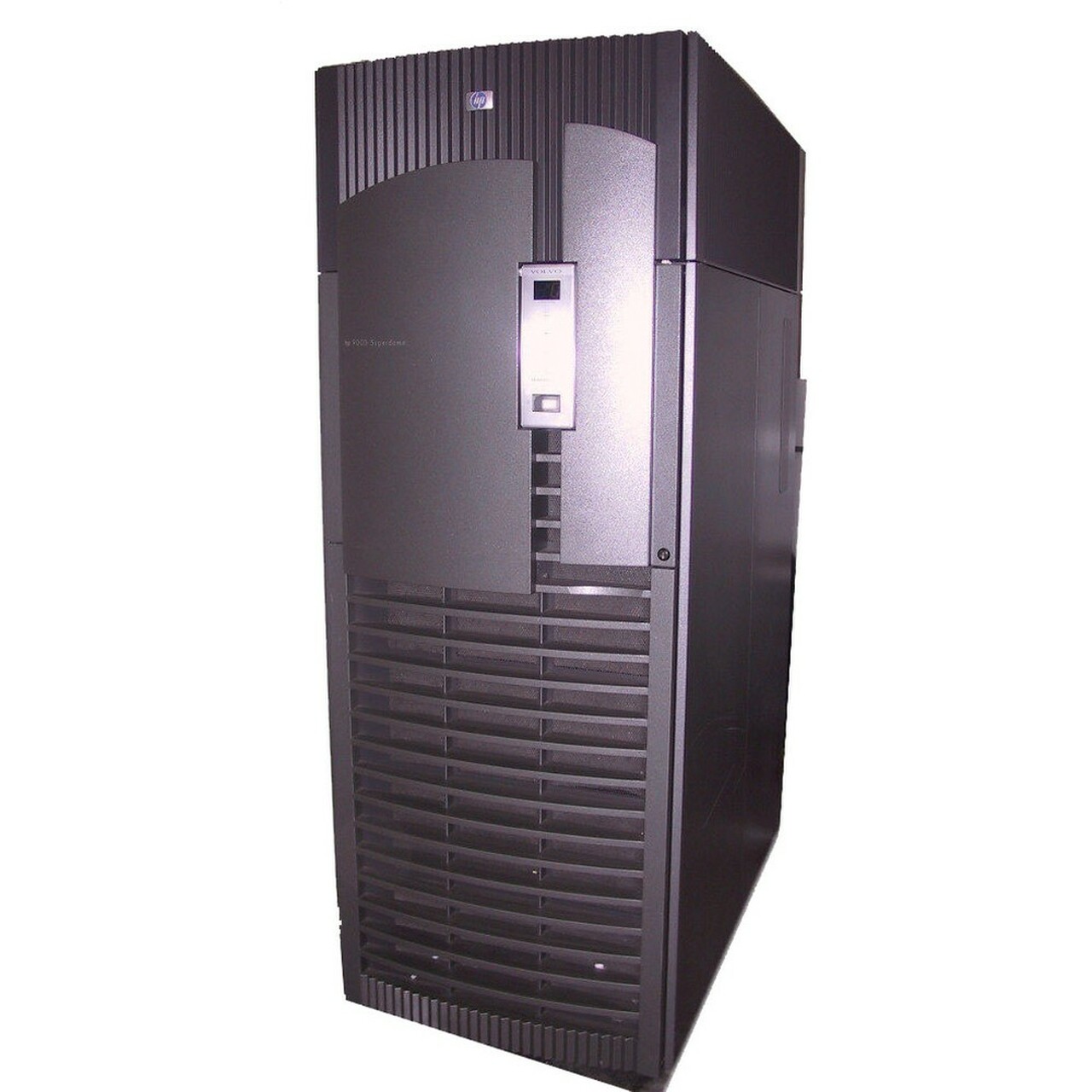
Data centers are the backbone of the modern digital world, housing countless servers that power everything from websites and online services to cloud computing and artificial intelligence. Keeping all this equipment organized and accessible is crucial, and that's where server racks come in.
But with different server sizes and rack configurations available, choosing the right one can be a daunting task. This guide will break down the essential aspects of server rack sizes for data centers, helping you make an informed decision for your specific needs.
Understanding the "U" in U-Height:
The most common unit of measurement for server rack size is the "U," which stands for "unit." One U is equal to 1.75 inches, and the number of Us in a rack indicates how many servers it can accommodate vertically. For example, a 42U rack can hold up to 42 servers, each occupying 1U of space.
Popular Server Rack Sizes:
42U: The industry standard for most data centers, offering a balance of space and manageability.
48U: Ideal for high-density deployments or future expansion, providing more space for additional servers.
22U and 27U: Half-height racks suitable for smaller deployments or edge computing applications.
Beyond Height: Other Rack Dimensions to Consider:
- Width: Most server racks are 19 inches wide, the standard size for most server equipment.
- Depth: Racks come in various depths, typically ranging from 27 inches to 42 inches. Deeper racks offer more space for cable management and rear-mounted equipment.
- Open Frame vs. Enclosed: Open frame racks provide unobstructed airflow and easier access to equipment, while enclosed racks offer better security and dust protection.
Choosing the Right Rack Size:
The ideal rack size for your data center depends on several factors, including:
- Number of servers: Choose a rack that can accommodate your current server needs and future growth projections.
- Available space: Consider the available floor space and ceiling height in your data center.
- Budget: Larger and more feature-rich racks typically come with a higher price tag.
- Cooling requirements: High-density deployments may require racks with enhanced cooling features.
Additional Tips:
- Standardization: Opt for industry-standard rack sizes and components to ensure compatibility and simplify future upgrades.
- Scalability: Choose a rack that can be easily expanded or reconfigured as your needs evolve.
- Power and cable management: Ensure the rack has adequate power outlets and cable management features for efficient organization.
By understanding the different server rack sizes and considering your specific needs, you can choose the optimal solution for your data center. Remember, the right rack will not only house your servers but also contribute to efficient operation, scalability, and manageability in the long run.
We hope this guide has been helpful! If you have any further questions about server rack sizes or data center solutions, feel free to contact any of our technical experts at Flagship Technologies.

